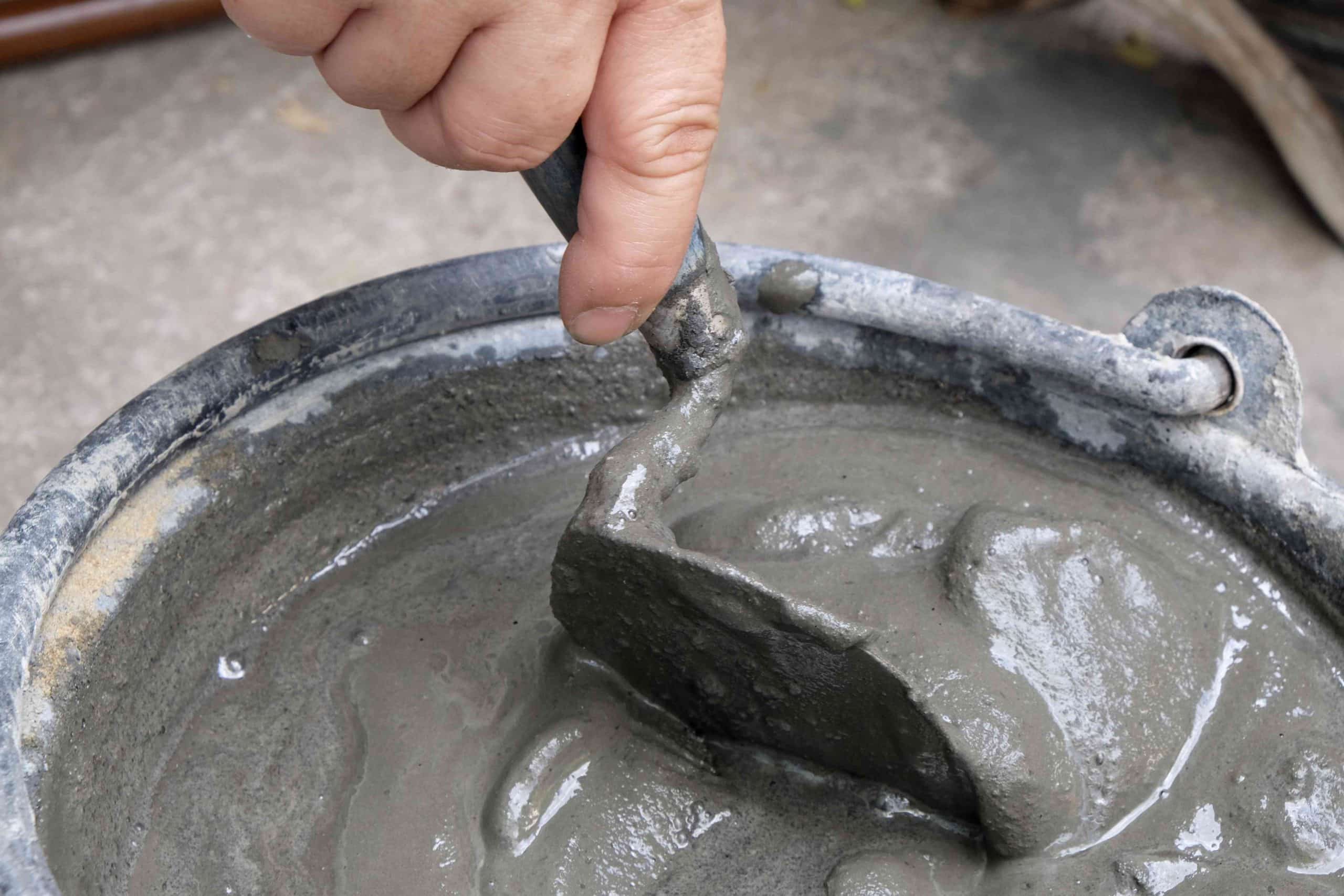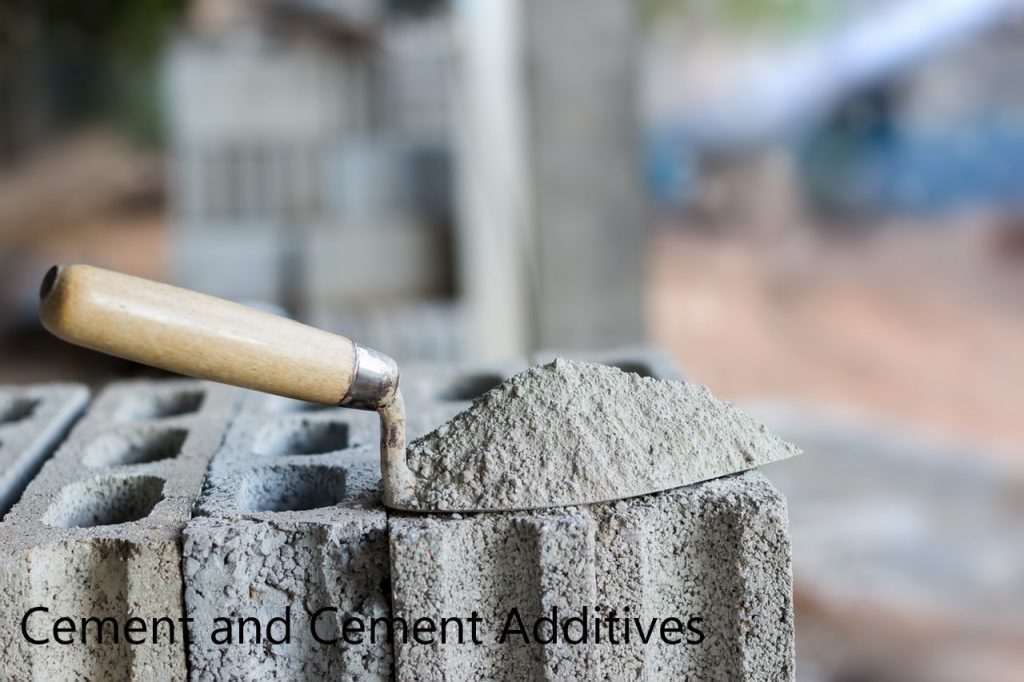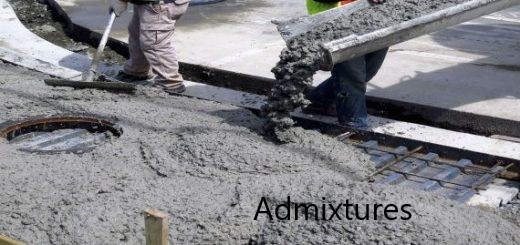When it comes to construction, concrete has been the go-to material for decades. However, the limitations of traditional concrete have led to the development of new solutions, such as liquid cement. In this article, we’ll explore what liquid cement is, its benefits, and its applications in modern construction.
Some of the important point discuss in the article are;
- What is liquid cement?
- How is liquid cement made?
- Benefits of using liquid cement
- Liquid cement vs. traditional concrete
- Applications of liquid cement
- The future of liquid cement in construction
- Challenges and limitations
- Safety considerations
- Environmental impact
- Cost comparison
- How to use liquid cement
- Maintenance and repair
- Tips for handling liquid cement
- Frequently asked questions (FAQs)
- Conclusion
What is Liquid Cement?
Liquid cement, also known as flowable fill, is a self-leveling material that consists of a mixture of cement, water, and fine aggregate. Unlike traditional concrete, which requires forms and reinforcement, liquid cement can be poured or pumped into place and will flow to fill any shape or cavity.
How is Liquid Cement Made?
Liquid cement is made by mixing cement, water, and fine aggregate (usually sand) in a predetermined ratio. Other additives, such as fly ash or slag, may be included to enhance the properties of the mixture. The resulting material is a pumpable slurry that can be transported to the construction site in a ready-to-use form.
Benefits of using Liquid Cement
Liquid cement offers several benefits over traditional concrete:
- Faster placement: Liquid cement can be poured or pumped into place, reducing the time and labor required for installation.
- Improved compaction: The self-leveling nature of liquid cement ensures that it fills all voids and cavities, resulting in a more compact and homogeneous material.
- Reduced costs: The use of liquid cement can reduce material and labor costs, as well as the need for heavy equipment and formwork.
- Environmental benefits: Liquid cement uses less water and produces less waste than traditional concrete, making it a more sustainable option.
Liquid Cement vs. Traditional Concrete
While liquid cement shares many properties with traditional concrete, there are some key differences:
- Workability: Liquid cement has a higher slump and is more flowable than traditional concrete, making it easier to place and compact.
- Strength: Liquid cement has lower compressive strength than traditional concrete, but it can still provide adequate support for many applications.
- Setting time: Liquid cement sets more quickly than traditional concrete, reducing the time required for curing and allowing for faster construction.
- Shrinkage: Liquid cement experiences less shrinkage than traditional concrete, resulting in fewer cracks and improved durability.
Applications of Liquid Cement
Liquid cement has a wide range of applications in modern construction, including:
- Backfilling: Liquid cement can be used to fill voids and cavities, such as those left by utility installations or excavation.
- Soil stabilization: Liquid cement can be injected into unstable soils to improve their load-bearing capacity.
- Trench reinstatement: Liquid cement can be used to fill trenches after the installation of pipes or cables, reducing the need for excavation and backfilling.
- Floor underlayment: Liquid cement can be used to level and smooth concrete floors, providing a suitable surface for the installation of flooring materials.
- Bridge abutments: Liquid cement can be used to fill the voids behind bridge abutments, reducing the risk of settlement and damage.
Future of Liquid Cement in Construction
The use of liquid cement is expected to grow in the coming years as more construction professionals become aware of its benefits. Liquid cement can be used in a variety of applications where traditional concrete is not suitable, providing greater flexibility and efficiency in construction projects.
Challenges and Limitations
Despite its many benefits, liquid cement also has some challenges and limitations. One of the main challenges is ensuring that the mixture is properly proportioned and mixed to achieve the desired properties. If the mixture is not consistent, the material may not perform as expected and could lead to structural failures.
Another limitation is the relatively low compressive strength of liquid cement compared to traditional concrete, which may limit its use in some applications. Additionally, liquid cement may be more prone to cracking due to its higher water content, which can lead to durability issues over time.
Safety Considerations
As with any construction material, safety considerations are important when working with liquid cement. The material should be handled carefully to avoid skin contact or inhalation of dust. Protective equipment, such as gloves and respirators, should be worn when handling or mixing liquid cement.
Environmental Impact
Liquid cement has a lower environmental impact than traditional concrete, as it requires less water and produces less waste. Additionally, the use of fly ash or slag as additives can reduce the amount of cement required, further reducing the carbon footprint of the material.
Cost Comparison
The cost of using liquid cement versus traditional concrete can vary depending on the specific application and local market conditions. However, in general, liquid cement is less expensive than traditional concrete due to the reduced labor and equipment costs associated with its installation.
How to use Liquid Cement
Liquid cement can be poured or pumped into place using standard equipment. The mixture should be properly proportioned and mixed to achieve the desired properties. It is important to ensure that the material is placed within the specified time frame and that it is not disturbed during the setting process.
Maintenance and Repair
Like traditional concrete, liquid cement may require maintenance and repair over time. Cracks or other damage should be repaired promptly to prevent further deterioration. It is important to use compatible materials and techniques when repairing liquid cement to ensure proper performance.
Tips for Handling Liquid Cement
To ensure the proper performance of liquid cement, here are some tips to keep in mind:
- Always use proper protective equipment when handling or mixing liquid cement.
- Mix the material thoroughly and ensure that it is properly proportioned.
- Place the material within the specified time frame and avoid disturbing it during the setting process.
- Use compatible materials and techniques when repairing liquid cement.
Frequently asked questions (FAQs)
- Is liquid cement stronger than traditional concrete?
- No, liquid cement has lower compressive strength than traditional concrete but can still provide adequate support for many applications.
- How is liquid cement made?
- Liquid cement is made by mixing cement, water, and fine aggregate in a predetermined ratio.
- What are the benefits of using liquid cement?
- Liquid cement offers faster placement, improved compaction, reduced costs, and environmental benefits compared to traditional concrete.
- How is liquid cement used in construction?
- Liquid cement can be used for backfilling, soil stabilization, trench reinstatement, floor underlayment, and bridge abutments.
- What are the safety considerations when working with liquid cement?
- Protective equipment, such as gloves and respirators, should be worn when handling or mixing liquid cement.



